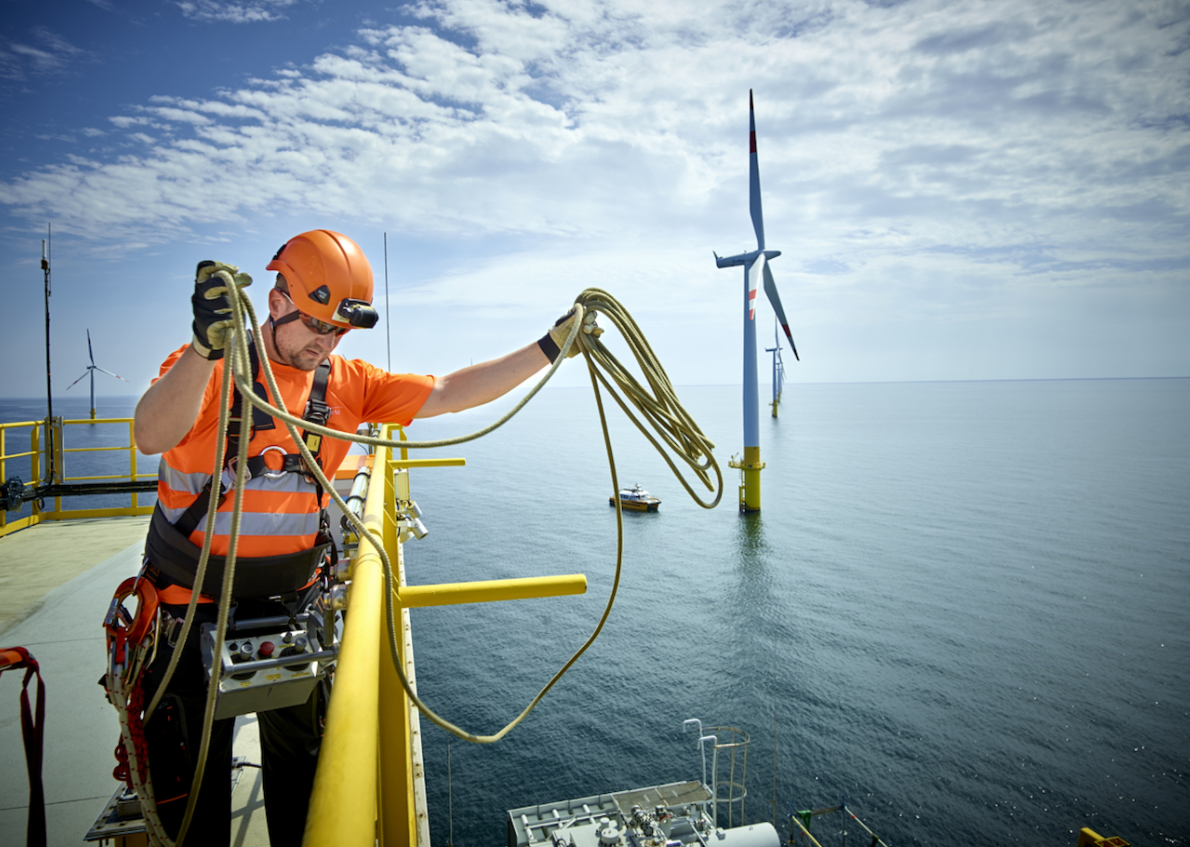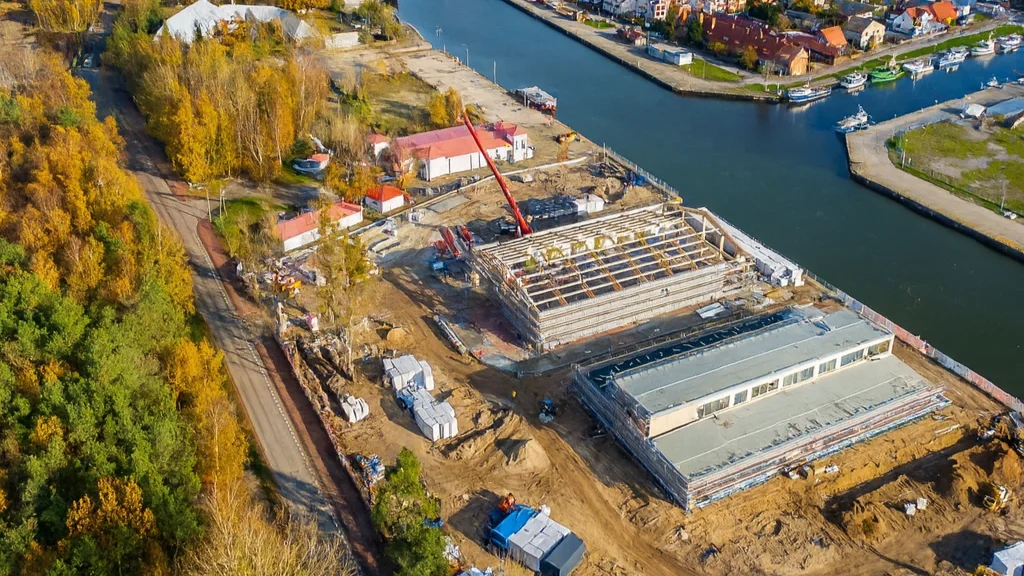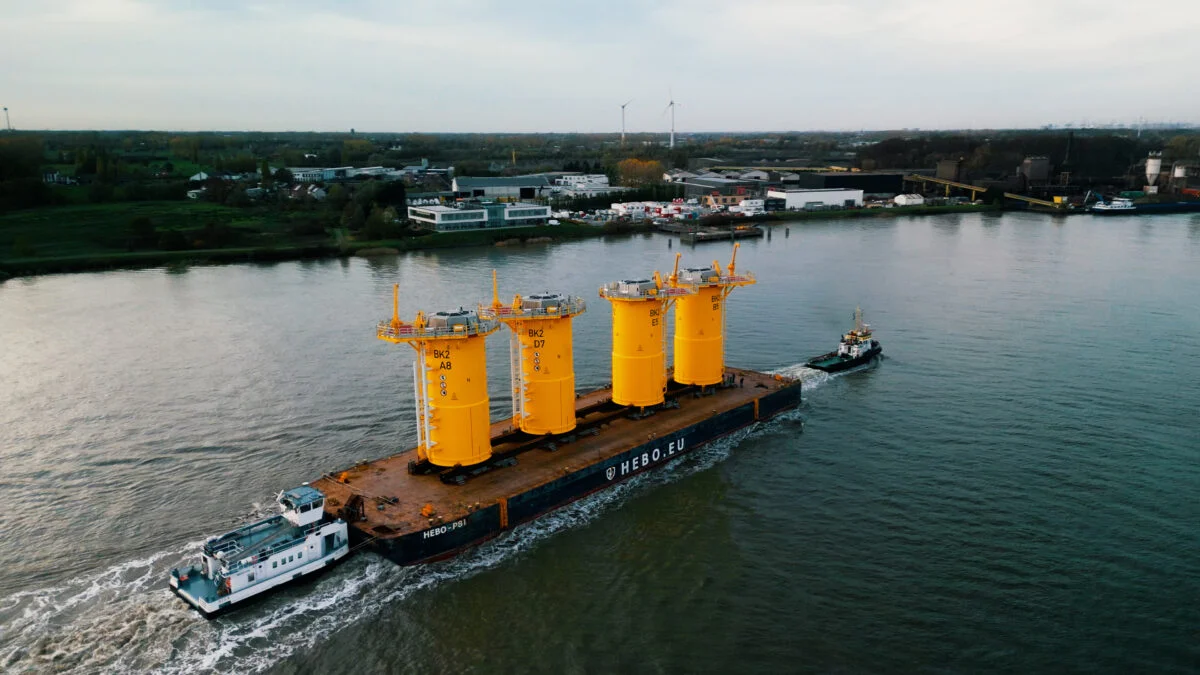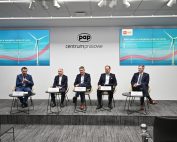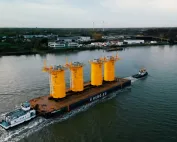German electricity system operator 50Hertz is currently focusing, among other things, on grid connections for large offshore wind farms in the Baltic Sea and North Sea. 50Hertz wants to increase its connection capacity from current, around 1 GW, to more than 7 GW in 2030.
The operator’s investments are expected to contribute to the goals of climate protection, maintaining security of supply, and strengthening Germany’s energy sovereignty. A well-developed grid infrastructure is crucial to ensure the availability of RES-generated electricity.
– Provisions initiated by the German government to accelerate the expansion of renewable energy power plants are important also to reduce dependence on imported energy sources in the medium to long term, said Stefan Kapferer, CEO of 50Hertz.
However, policy makers must not forget that energy from wind and photovoltaic plants must also be transported to consumption centers. Therefore, legislative action must include measures to accelerate urgently needed statewide network expansion.
50Hertz plans to invest up to €5.6 billion in overhead power lines, onshore and offshore cables, and substations over the next five years (2022-2026). This is almost twice as much as in the last five years (2017-2021).
Due to dynamic decarbonization and energy transition process, current research by 50Hertz predicts a 30-40 percent increase in electricity demand in the grid area by 2030. This trend is already noticeable today: in 2021, electricity consumption in the eastern German states of Berlin and Hamburg will increase by three percent year-on-year to 103 TWh.
Offshore wind turbines are key in operator’s strategy
Offshore wind energy plays a key role in 50Hertz’s strategy. Offshore wind turbines operate for many hours at full load, so they produce a lot of green electricity relatively continuously. 50Hertz currently delivers wind power from four wind farms in the Baltic Sea with a capacity of approximately 1,000 MW to its onshore transmission grid. By 2030, 50Hertz plans to connect next wind farms to the grid in the offshore area between Rügen and the Danish island of Bornholm, off the coast of Darß, and for the first time in the North Sea. In total, this means an additional total capacity of more than 6,000 MW of offshore wind energy that can be delivered into the grid.
The grid development plan 2035 (2021) approved by the Federal Network Agency (Bundesnetzagentur) foresees about 500 km of additional reinforcements and grid extensions in eastern Germany and Hamburg by 2035. This includes another high-voltage direct current (HVDC) connection between Mecklenburg-Vorpommern and the North Frisian coast. For this purpose, 50Hertz and TenneT want to build an innovative DC hub in the Heide area that can receive and distribute electricity from the sea, the operator’s announcement reads. Electricity will be supplied to consumption centers in southern Germany, for example, via SuedOstLink, which has already been submitted for project approval, and SuedOstLink Plus, which has not yet been approved.
In order to be able to implement these network expansion projects more quickly, there is a necessity for, among other things, faster approval processes, better equipped offices, and a focus on recruiting skilled workers.
